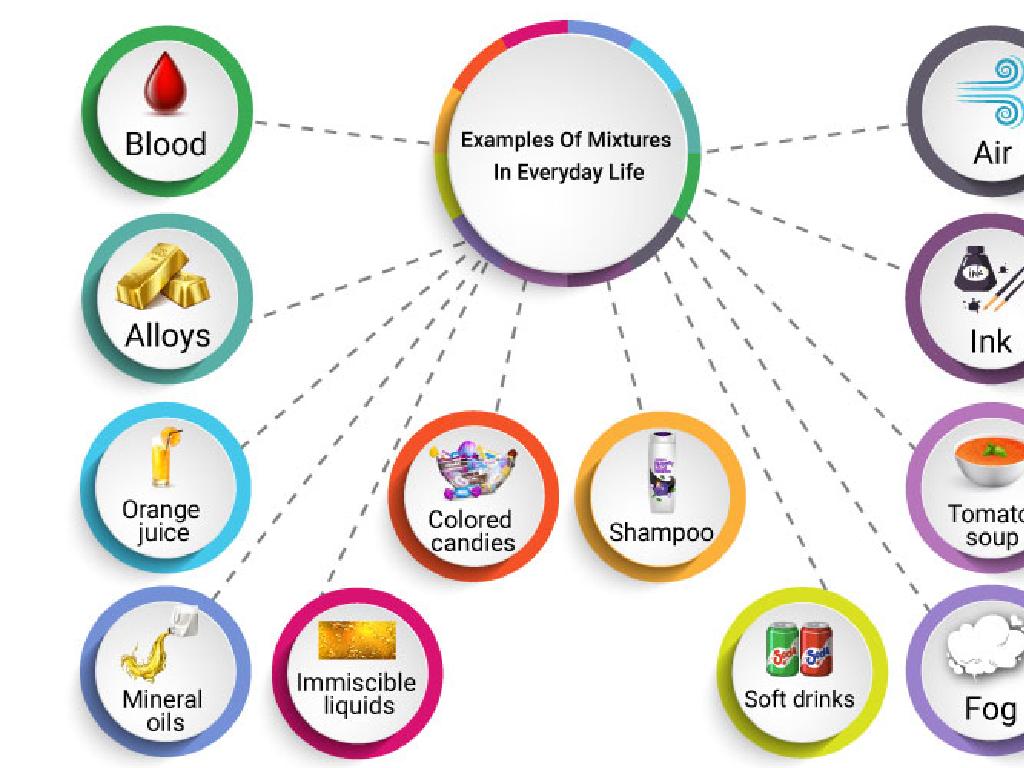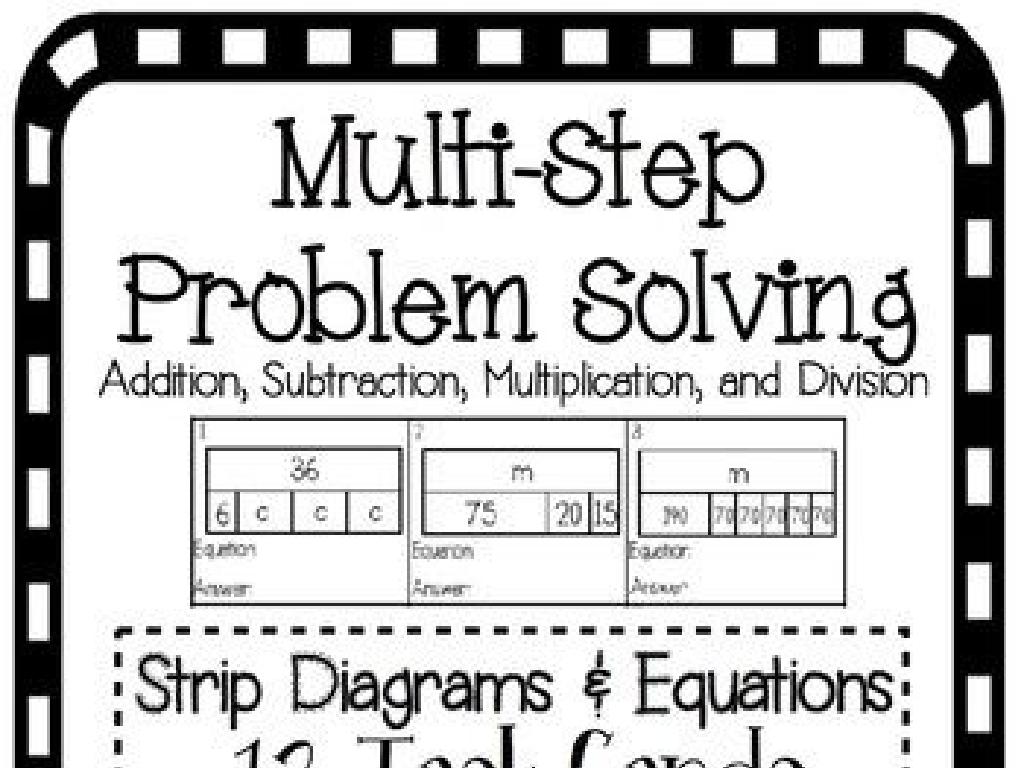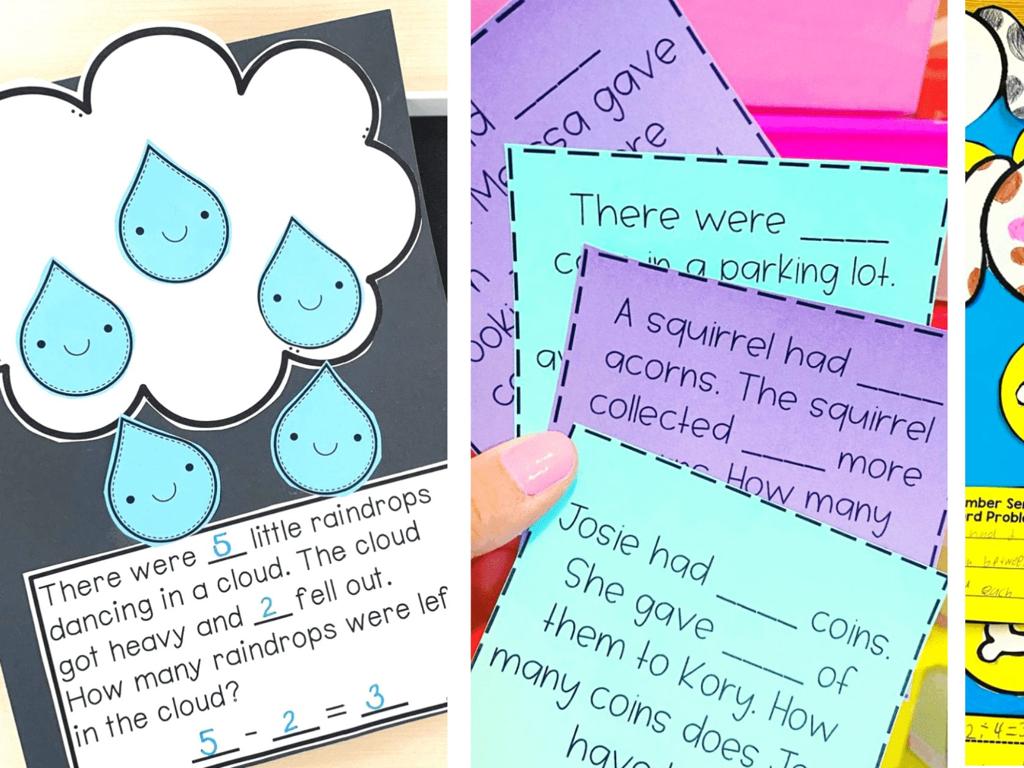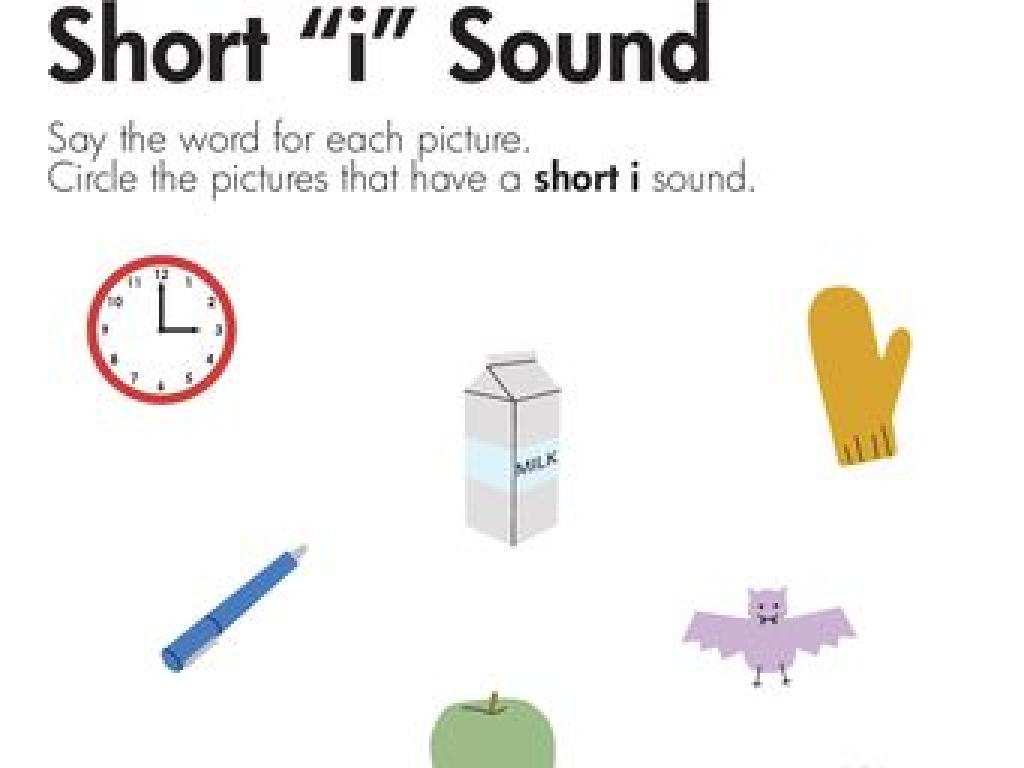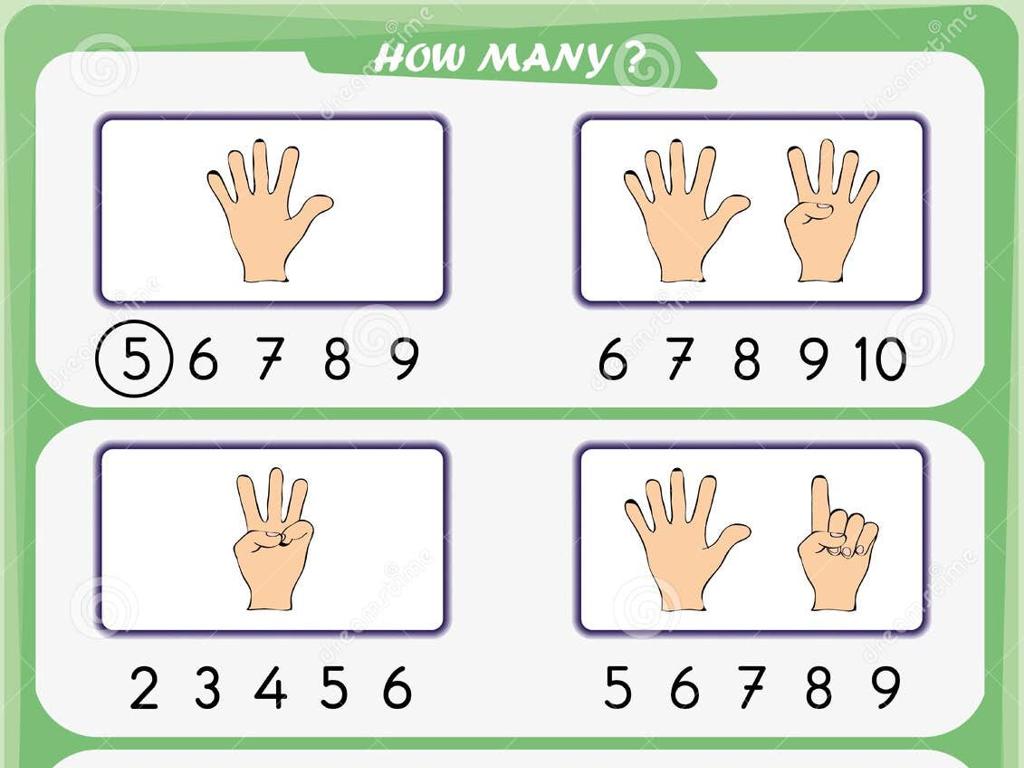Unit Prices With Unit Conversions
Subject: Math
Grade: Eighth grade
Topic: Consumer Math
Please LOG IN to download the presentation. Access is available to registered users only.
View More Content
Understanding Unit Prices in Consumer Math
– What are unit prices?
– Price per unit of measurement, like per pound or per liter
– Significance of calculating unit prices
– Helps in making cost-effective choices and saving money
– Unit prices in everyday shopping
– Comparing costs of bulk vs. individual items at the store
– Converting units for price comparison
– Adjust prices to a common unit for fair comparison, e.g., ounce to gram
|
This slide introduces the concept of unit prices, which is a critical aspect of consumer math. Understanding unit prices allows consumers to determine the cost per unit of measurement, making it easier to compare different products and sizes. Emphasize the importance of this skill in everyday life, such as grocery shopping, where it can lead to more economical decisions. Provide examples of how to convert units, like ounces to grams, to ensure accurate comparisons. Encourage students to practice by looking at different products and their prices per unit during their next shopping trip.
Understanding Unit Prices
– Define Unit Price
– Price per single unit of measure, like $/lb or $/oz
– Calculating Unit Price
– Divide total cost by the number of units
– Everyday Unit Price Examples
– Milk: $3 for a gallon, Bread: $2 for a loaf
– Unit Price Conversion
– Convert units, e.g., oz to lbs, to compare prices
|
This slide introduces the concept of unit price, which is crucial for making informed consumer decisions. Start by defining unit price as the cost per unit of measure, which allows for price comparison regardless of package size. Demonstrate how to calculate unit price by dividing the total cost by the number of units. Provide relatable examples such as the cost of milk per gallon or bread per loaf. Emphasize the importance of unit conversion when comparing prices of items sold in different units. Encourage students to practice by looking at different products and their prices per unit during their next shopping trip, and to bring examples to class for discussion.
Unit Conversions in Consumer Math
– Understanding unit conversions
– Necessary for comparing prices with different units
– Common measurement units
– Volume: liters, milliliters; Weight: kilograms, grams
– Steps for unit conversion
– 1. Identify units, 2. Find conversion factor, 3. Multiply
– Practical applications
– Compare food prices per pound vs. per kilogram
|
Unit conversions are essential in consumer math for making informed decisions, especially when comparing prices of products with different measurement units. Familiarize students with common units like liters, milliliters for volume, and kilograms, grams for weight. Walk them through the steps of unit conversion: identifying the units involved, finding the appropriate conversion factor, and then multiplying to convert. Use practical examples such as comparing the cost of cheese sold in pounds versus kilograms to illustrate the real-world application of this skill. Encourage students to practice with homework problems that involve unit conversions in various consumer scenarios.
Calculating Unit Prices with Unit Conversions
– Integrating unit conversions
– Convert units to compare prices effectively.
– Worked example: different units
– Example: Calculate price per ounce when given price per pound.
– Tips for accurate calculations
– Use consistent units, double-check math, and use a calculator if needed.
– Practice problems for mastery
|
This slide introduces the concept of calculating unit prices with unit conversions, an essential skill in consumer math. Students will learn how to integrate unit conversions into calculating unit prices to make informed purchasing decisions. Start with a worked example that requires converting between different units, such as pounds to ounces, to find the price per ounce. Emphasize the importance of using consistent units and double-checking calculations for accuracy. Provide practice problems for students to apply these concepts, ensuring they understand how to approach problems involving unit prices and conversions.
Unit Prices: Practice Problems
– Compare liquid unit prices
– Calculate cost per liter/gallon for various containers
– Find best buy by weight
– Determine cost per ounce/gram for products, compare to find best value
– Engage in guided practice
Work through problems with teacher’s help, ensuring understanding
– Receive immediate feedback
Correct mistakes on the spot, reinforcing learning
|
This slide is designed to provide students with practical application of unit prices and unit conversions in consumer math. Start with an example comparing unit prices of liquids like milk or juice in different-sized containers. Move on to comparing prices of bulk items sold by weight, such as fruits or meats, to find the best value. The guided practice should be interactive, with the teacher providing problems and students solving them with immediate feedback. This immediate correction helps solidify the concept and ensures students are ready to apply these skills in real-world scenarios, such as grocery shopping or budgeting.
Group Activity: Supermarket Sweep!
– Divide into small groups
– Receive products with prices and units
– Calculate unit prices
– Determine price per unit to compare deals
– Present best value findings
– Share which product offers the most for the least cost
|
This interactive group activity is designed to apply knowledge of unit prices and unit conversions in a practical setting. Divide the class into small groups, ensuring a mix of abilities in each. Provide each group with a set of products that have different prices and units (e.g., ounces, liters, grams). Students will calculate the unit price for each item to determine which offers the best value for money. After calculations, each group will present their findings to the class, explaining their reasoning. For the teacher: prepare diverse product sets in advance, guide students on unit conversion, and ensure they understand how to calculate unit prices. Possible variations of the activity could include comparing brand name vs. generic products, bulk items vs. single purchases, or finding the best deals within a budget constraint.
Class Discussion: Unit Prices & Conversions
– Discuss strategies used
– How did you approach the activity?
– Share difficulties faced
– Any particular step that was challenging?
– Real-life application of knowledge
– Where might you use these skills outside school?
– Collaborative learning benefits
|
This slide is meant to facilitate a class discussion reflecting on the activity related to unit prices and unit conversions. Encourage students to share the different strategies they used to tackle the problems, fostering an environment where they can learn from each other. Ask them to share any difficulties they encountered to address misconceptions and provide further clarification. Highlight the importance of understanding unit prices and conversions in everyday life, such as comparing prices while shopping or cooking. Emphasize collaborative learning and its benefits, such as improved problem-solving skills and better retention of knowledge. Prepare to guide the discussion with examples and prompt questions to ensure an engaging and productive conversation.
Homework: Unit Price Comparison Shopping
– Find unit prices on your shopping trip
– Compare unit prices of similar items
– Reflect on the experience in writing
– Did higher prices mean better quality? Was buying in bulk cheaper?
– Share your findings in the next class
|
This homework assignment is designed to provide students with practical experience in applying unit prices and unit conversions in a real-world setting. Students should be encouraged to look at different brands and sizes of the same product to compare unit prices. They should note their observations on pricing strategies, such as bulk pricing or premium pricing for certain brands. The reflection piece should include their thoughts on whether the lowest unit price always represents the best deal, considering factors like quality and quantity. In the next class, students will have the opportunity to discuss their findings and reflect on how unit prices can influence consumer choices.
Wrapping Up: Unit Prices & Conversions
– Recap: Unit Prices & Conversions
– Reviewed calculating unit prices and converting between units for comparison.
– Informed Consumer Benefits
– Understanding unit prices saves money and helps make better purchasing decisions.
– Next Lesson: Budgeting Basics
– We’ll explore how to create and manage a personal budget.
– Homework: Practice Problems
– Solve provided problems to reinforce today’s lesson.
|
This slide aims to summarize the key points from today’s lesson on unit prices and unit conversions. Emphasize the importance of these concepts in everyday life as a consumer, such as comparing prices of bulk items versus single items or different brands. Highlight how being an informed consumer can lead to significant savings and smarter choices. Give a brief overview of the next lesson on budgeting, which will build on the knowledge of unit prices by applying it to manage personal finances. Assign practice problems as homework to ensure students have grasped the concepts and can apply them in real-world scenarios. Encourage students to bring any questions they have to the next class.

